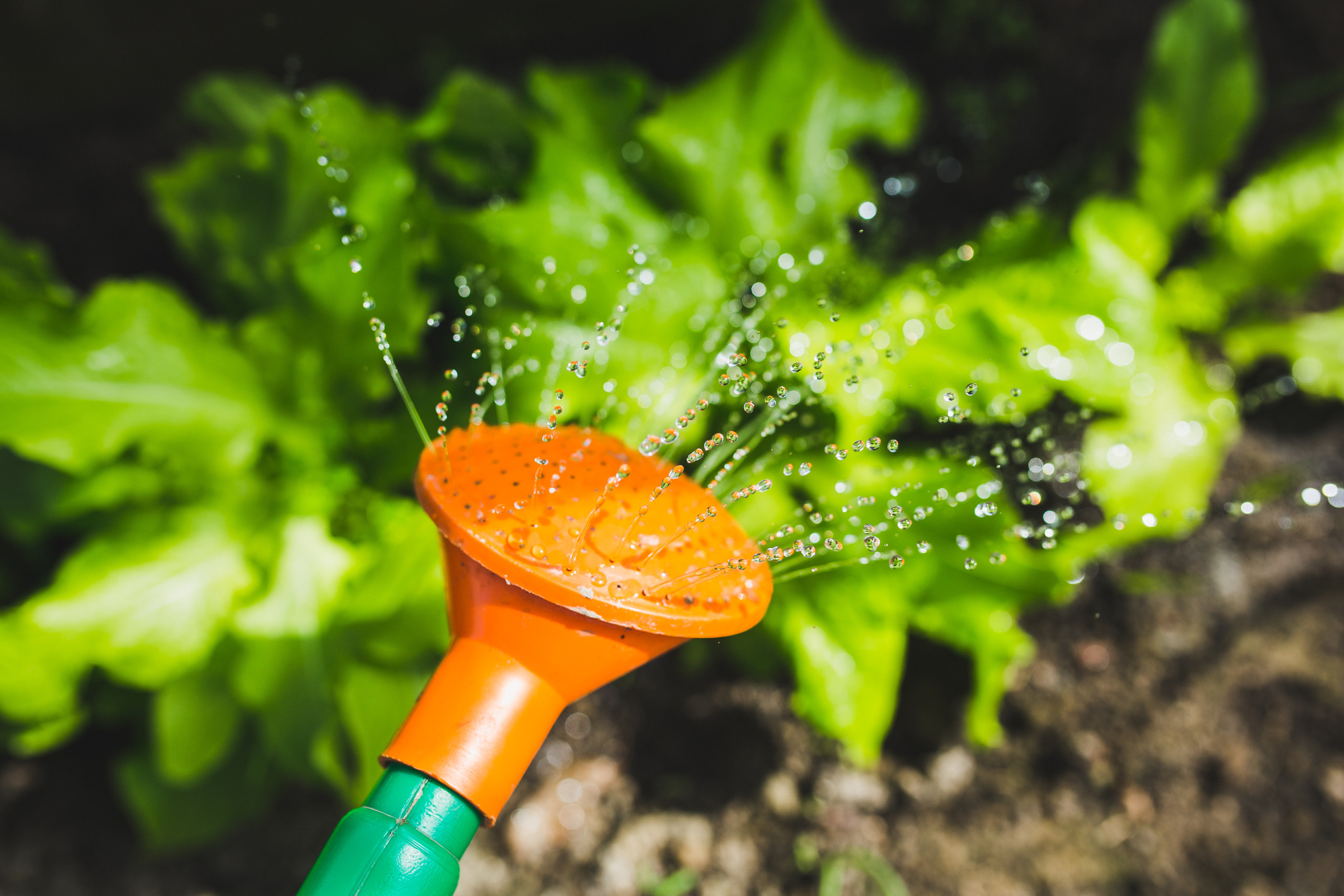Introduction:
As temperatures rise and the sun beats down, keeping your plants hydrated becomes essential for their health and vitality during the hot summer months. Proper watering techniques, soil moisture management, and plant care practices are crucial for helping your garden thrive and flourish in the face of summer heat and drought conditions. In this guide, we'll explore effective strategies for keeping your plants hydrated and healthy all summer long, ensuring that they can withstand the heat and continue to thrive in your garden oasis.
Understanding the Importance of Hydration:
Proper hydration is essential for plants to perform essential functions such as photosynthesis, nutrient uptake, and growth. In hot weather, plants lose moisture through transpiration at an accelerated rate, making it critical to replenish lost water and maintain adequate soil moisture levels to prevent stress, wilting, and dehydration.
Essential Strategies for Summer Hydration:
-
Watering Deeply and Infrequently:
-
Water plants deeply at the base of the plant to encourage deep root growth and drought tolerance. Avoid shallow, frequent watering, which can promote shallow root systems and increase water loss through evaporation.
-
Use a soaker hose, drip irrigation system, or watering wand with a gentle flow to deliver water directly to the root zone, minimizing runoff and waste.
-
Watering in the Morning:
-
Water plants in the early morning to take advantage of cooler temperatures and reduced evaporation rates. Morning watering allows plants to absorb moisture before the heat of the day, minimizing stress and maximizing hydration.
-
Avoid watering in the heat of the afternoon, as water droplets on foliage can act as magnifying glasses, leading to leaf burn and damage.
-
Mulching to Conserve Moisture:
-
Apply a layer of organic mulch such as shredded bark, straw, or compost around plants to conserve soil moisture, suppress weeds, and regulate soil temperature. Mulch acts as a protective barrier, reducing evaporation and maintaining soil moisture levels.
-
Keep mulch several inches away from plant stems to prevent moisture-related issues such as rot and disease.
-
Monitoring Soil Moisture:
-
Use a moisture meter or simply dig down a few inches into the soil to check moisture levels before watering. Water only when the top few inches of soil are dry, as overwatering can lead to root rot and other problems.
-
Adjust your watering frequency and duration based on weather conditions, plant needs, and soil type, aiming for consistent moisture without waterlogging.
-
Providing Shade and Shelter:
-
Provide temporary shade or shelter for vulnerable plants during periods of extreme heat or drought stress. Use shade cloth, row covers, or umbrellas to protect plants from intense sun exposure and reduce water loss through transpiration.
-
Grouping plants together can also provide natural shade and create a microclimate that helps retain moisture and reduce temperature extremes.
-
Choosing Drought-Tolerant Plants:
-
Select plants that are well-adapted to hot, dry conditions and require minimal supplemental watering once established. Drought-tolerant species such as succulents, native plants, and Mediterranean herbs are excellent choices for water-wise gardening in summer.
Conclusion:
Keeping your plants hydrated in the heat of summer is essential for their health, growth, and resilience in the garden. By employing proper watering techniques, soil moisture management strategies, and plant care practices, you can ensure that your garden thrives and flourishes even in the face of scorching temperatures and drought conditions.
So, embrace the summer splash and make hydration a top priority for your plants. With a little care, attention, and thoughtful planning, your garden will remain a lush and vibrant oasis of greenery and beauty throughout the summer months.
Happy gardening!

